
A Guide to Herb Spirals
Last Updated: Apr 13, 2025Are you looking for a way to transform your backyard from lawn-scape to foodscape? Are you planning your garden for next year (or lucky enough to live in a climate with a year-round growing season)? Aromatic herbs could be an excellent place to start. Today we focus on how to make an herb spiral and list some tasty herbs that you can grow in your very own yard.
Table of Contents
- What is an Herb Spiral?
- How Do I Make A Herb Spiral?
- What Plants Do I Put in My Herb Spiral?

What is an Herb Spiral?
An herb spiral is a raised bed of herbs that contains numerous microclimates, ranging from sun to shade, and well-drained to saturated soils. These herbs, many of which are Mediterranean in origin, are some of the easiest and quickest plants to grow. They come with the added benefit of being full of flavor, making them crucial to those delicious home-cooked meals.
The way the herb spiral works is simple. A spiral design is made up of stone. Various herbs are planted in amended soil according to their natural preferences. Plants that prefer direct sunlight are placed on the sun-face half of the spiral. Shade-tolerant plants are placed on the other side. Likewise, herbs that prefer well-drained soil are placed at the top of the spiral, and moisture-loving ones at the base. This spiral creates a series of microclimates that allow each herb to thrive in your plant hardiness zone.

Before we begin, as a cautionary note, there are plenty of health benefits of certain herbs. Please be sure to check with your physician before using any herbs as medicine, even documented herbal remedies. Some plants may have adverse reactions to already prescribed medications, and it is always best to err on the side of caution.
How Do I Make A Herb Spiral?
Begin by finding a spot in your back yard with enough space for the spiral. For this, you will want to use your permaculture zones and sectors to find the best place for your design. Ideally, you will use your herb spiral for multiple meals a day, so find an easy-to-access location close to the kitchen. Foraging in your garden should never be a hassle! Jonathon Engles from the Permaculture Research Institute further recommends you place your herb spiral in a sunny location, sheltered from winds and heavy rains. This will protect your more tender plants.
The size of the spiral is relative to what feels comfortable for you to manage, though the average diameter is two meters (six feet). To make the outer circle, place a stick at the center of your design with a one-meter (3-foot) string and a stake or chalk. This is used to trace the diameter. The spiral can be on dirt, lawn, or concrete, and works best on even ground. If you are planning on placing it over a paved area, be sure to drill holes through to the soil layer to allow for drainage. When designing over lawn or dirt, set cardboard over the area to prevent weeds from making their way through lower growing areas.
As you work your spiral design in from the exterior, leave roughly half a meter (1.5 feet) planting space between the walls. You can design your spiral for it to work best for you, but if it is too tall or too wide, it is harder to harvest. Some designs include a small pond at the base of the spiral, creating habitat for native amphibians and insects—and an excellent spot for aquatic plants. We recommend placing your spiral with the pond (base level) on the shade side (north if north of the equator).
The winding cone moves upwards, with the central coil at a maximum height of one meter (three feet) and the base wall at 40 centimeters (16 inches) at its lowest. As you're building the walls, fill in the interior space with soil and amendments. Some designers consider sheet mulching this area for fertilization, aeration, moisture retention, and protection from weeds beneath the design.

From stones, bricks, and cinderblocks to bamboo, logs, and even bottles, the materials that make up this spiral are up to you. But, since you're making a beautiful display for your herbs, be sure to pick the best-looking pieces for the outer walls. And if your walls don't fit together perfectly, build one layer at a time. Then, go back and add additional reinforcement to those weaker areas. Remember, this isn't going to be a towering monolith, so you do not have to engineer it perfectly.
Gardening & Outdoor
Shop the best high-performing gardening and outdoor products that impact your health, wealth, and the planet through their use.
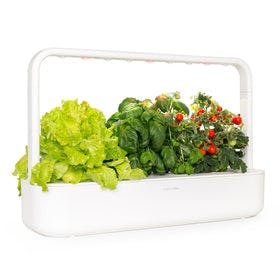
Click & Grow Smart Garden 9
Click & Grow
In Stock
3 Colors
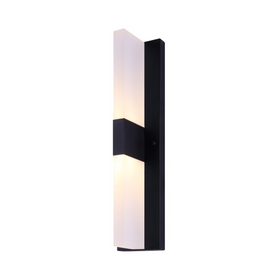
Canarm CORIN LED Black Outdoor Light
Canarm
Out of Stock
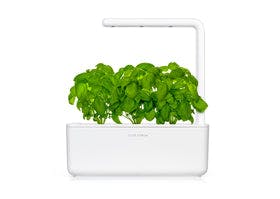
Click & Grow Smart Garden 3
Click & Grow
In Stock
3 Colors
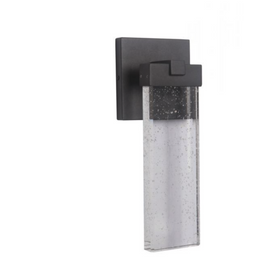
Craftmade Aria Outdoor LED Wall Mount Light
Craftmade
In Stock
2 Colors
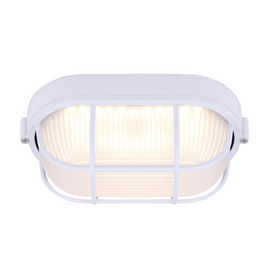
Canarm LOL386WH White LED Outdoor Sconce
Canarm
In Stock
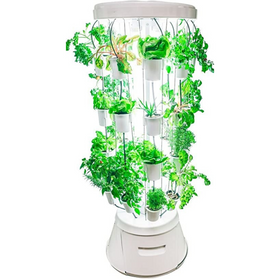
Nutritower Vertical Hydroponic Indoor Garden
Nutritower
Out of Stock
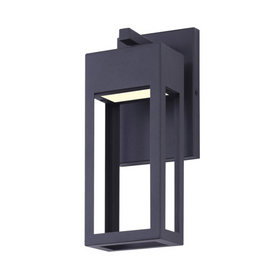
Canarm FAE LED Black Outdoor Light
Canarm
In Stock
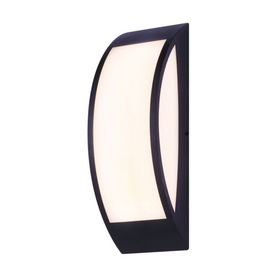
Canarm BARDO LED Black Outdoor Light
Canarm
In Stock
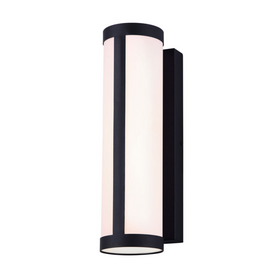
Canarm SINDRI LED Black Outdoor Light
Canarm
In Stock
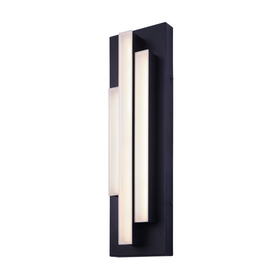
Canarm LOKI LED Black Outdoor Light
Canarm
In Stock

What Plants Do I Put in My Herb Spiral?
Plants, like people, have their preferences. Some herbs don't play well with others, while some thrive from having that botanical best friend. So always do some research into what plants do well together. From experience, aim for non-invasive plants with relatively shallow roots, as this will reduce the chances of any one plant from dominating the spiral.
While there are plenty of herbs you can consider, always begin with checking what will survive in your plant hardiness zone (the US and Canada). Give preference to climate-tolerant perennials followed by self-seeding annuals. Next, add any exotic herbs you intend to plant every year. Spirals do well with the following twelve herb recommendations, with their preferred plant hardiness zone.
1. Rosemary
This herb tolerates very little cold and does best in well-draining soil. Place on the shady side and high on the spiral. It does well in hardiness zones 5 – 9 and becomes evergreen at hardiness zone 9.
2. Oregano
Oregano prefers drier soil and full sun. Plant high on the spiral in zones 5 – 10.
3. Sage
This herb does well in diverse soils and climate. It prefers well-drained soil and likes to be planted beside oregano. It does best in zones 5 – 9.
4. Tarragon
Plant tarragon in full sun and reduced moisture, placing high on the spiral and close to other plants. Tarragon prefers zones 5 – 11.
5. Thyme
Thyme tolerates lower temperatures and prefers sandy soil. Thyme does well when planted close to rosemary with sandy soil and some shade. Has a hardiness zone of 5 – 9 and becomes evergreen in zones 8 – 9.
6. Cilantro
Cilantro prefers morning sun with well-drained soil. Plant in the middle of the eastern side of your spiral. Plant this in the spring in zones 3 – 8 or in the fall in zones 9 – 11. (Did you know that at the end of cilantro's season, it produces coriander seeds?)
7. Basil
Basil enjoys the full sun and moist soil. Plant midway up the sunny side of the spiral. Basil does best in zones 5 – 11.
8. Chives
Chives can handle sunny to partial shade conditions. Chives do well when planted midway up on the east or west side. Best grown in zones 5 – 11 but can be grown as an annual down to zone 3.
9. Lemon Grass
This plant prefers full sun and light water. Plant higher up on sunnyside, but make sure to position it so it won't shade out other plants. This perennial is commonly found in zones 9 – 10.
10. Dill
This herb prefers morning sun and moderate moisture. It grows tall, so make sure it won't shade out other plants. It can be planted in zones 3 – 11.
11. Parsley
Plant parsley midway up on the shadier side of the spiral. It does well in zones 5 – 9.
12. Mint
Mint is a vigorous growing herb, potentially invasive, that loves moisture. Plant low, near the base or pond. There are various types of mints ranging from zones 3 – 9.
All of these plants have multiple varieties and an extensive range of hardiness zones. Through your research, you may be able to find specific types that work well in your zone or maybe some alternative native species you hadn't previously considered. Trial-and-error will be your best bet until your herb spiral is established and functional.
Be sure to water your system regularly and watch for weeds as it develops. Once the soil is fully shaded, it will be harder for weedy plants to establish, but until then, pull out anything you don't want in there! And, of course, enjoy the fresh herbs beauty and aroma that will spice up every meal!
Tanner Sagouspe
Tanner Sagouspe has a Masters in Environmental Management and is a Permaculture Designer who promotes tackling the climate crisis at home.
